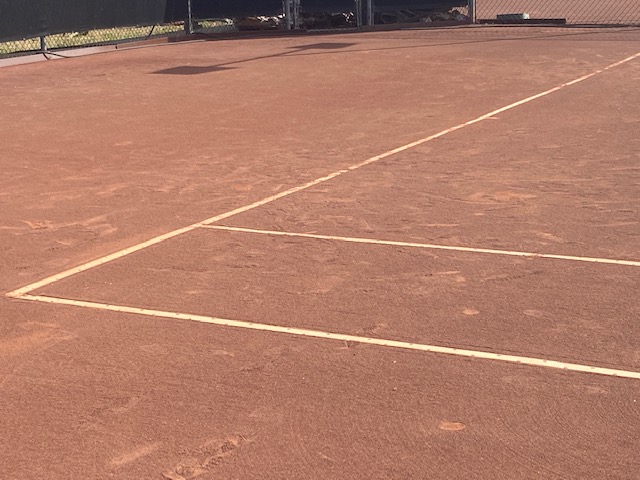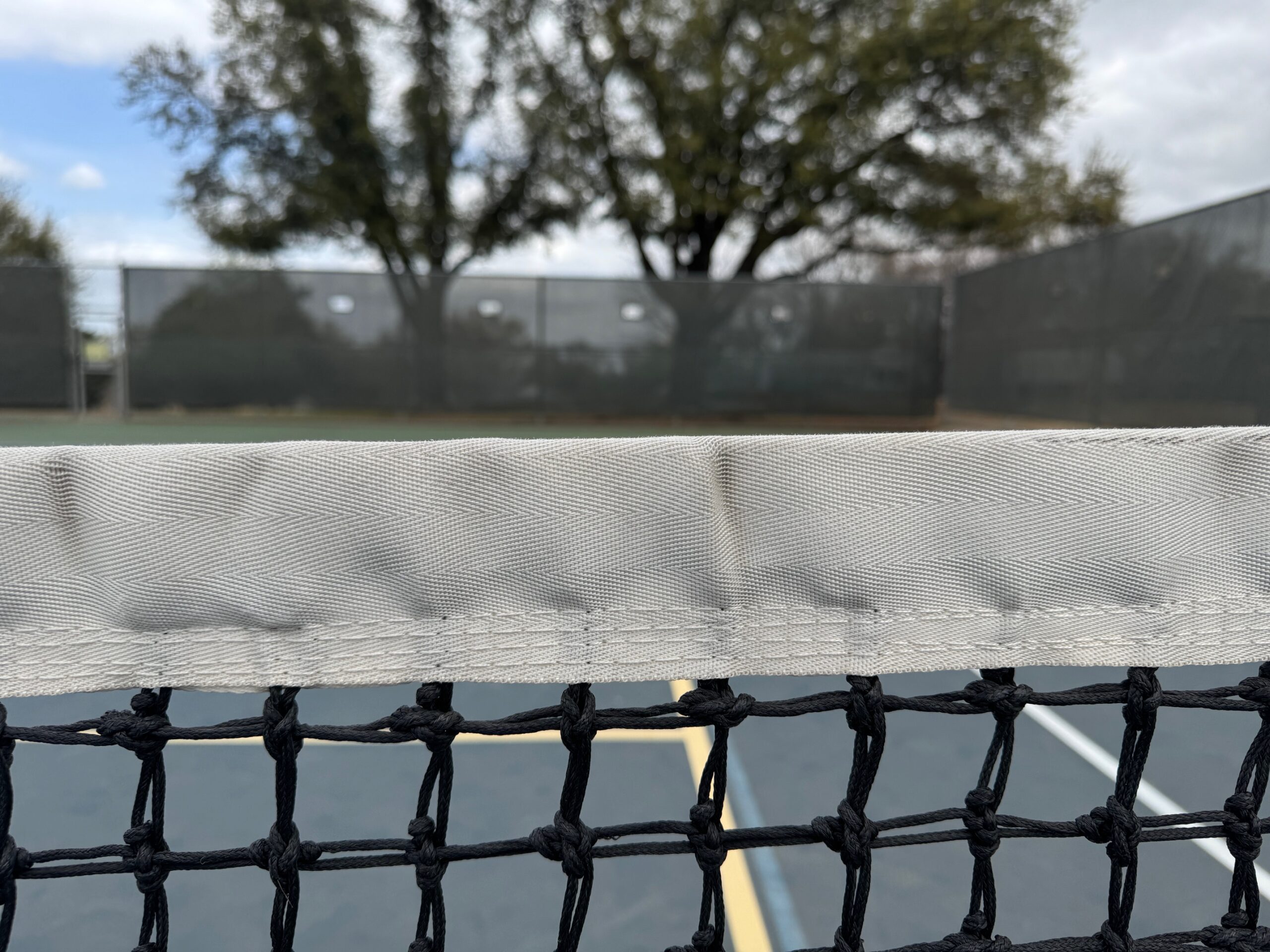Tennis News You Can Use
When I decided to focus on recent news events on this site every Monday, I intentionally made the decision that I was not going to try to keep up with the current news cycle. A large motivation for that decision is because there are many other sites that relay and report the news.
Additionally, one of my objective is to focus on tennis from the perspective of understanding the “why” that underpins the sport. As such, it will sometimes take some time to process and digest news events so that they can be examined slightly removed from the moment.
As a practical matter, I can never keep up with the news cycle anyway. Remember kids, Fiend at Court is a hobby, not a business. So as a case in point, this week we are examining the Tennis Industry Association (TIA) annual Tennis Industry Forum meeting that was conducted via webinar last month. Per the usual there is no breaking news here, but rather highlights of reflection.
Participation and Equipment Sales
The TIA Forum revealed how some parts of the tennis industry regard consumer segmentation. Tennis players are divided into two groups, core and —wait for it — non-core. The dividing line between these two demographics is at the 10 playing occasions per year. In other words, anyone who plays at least 10 times a year is a core player.
I suspect that the majority of the readership of this site falls significantly to the right of the core demarcation point. I would daresay that most of us fall under a term that I will coin myself, hard-core.
Understanding the nomenclature is key to the participation rates. Since 2009 participation of core players in tennis is down 19.5%. Over that same time period, non-core play is up 18.5%. It was shared during the webinar that all sports are experiencing a decline in core play. There is actually nothing unique to tennis in that regard.
One way to look at this data is that people are trying tennis, but not sticking with the sport long enough to transition to across the core demarcation line. An alternate explanation is that the non-core players represent the declining core players on the downward swing of participation. Either way, that data is not encouraging.
Those participation statistics were all pre-COVID. Surprisingly, or perhaps not surprisingly given how frequently experts bandy about tennis as a safe activity, tennis participation rates have increased during the COVID crisis. Managed carefully, that uptick could be the start of significant grassroots growth for participation in the sport.
I have long assumed that sales of tennis balls can be used as a proxy for participation in tennis. Some of the data shared in the webinar confirmed that the industry indeed uses ball sales in that manner. Ball sales stabilized in 2019 following many consecutive years of decline. That is another positive sign.
USTA Strategic Vision
The TIA webinar included a replay of video from the USTA semi-annual meeting which was held August 5. Thus the content from that video first became available a couple of days after I originally wrote about the changes in “A Deeper Cut: USTA Restructuring and Player Development.”
Additional implementation details behind the five strategic choices was shared by Michael Dowse and several other members of the USTA leadership team during the webinar.
- Attract, Engage and Retain a New Generation of Diverse Tennis Participants
- The focus on this initiative is the Tennis Industry United (TIU) initiative, grants, and support to providers and valued partners.
- No one understands tennis in the communities better than the providers, thus that is where grassroots tennis will be created.
- The USTA is focused on fostering better tennis experiences to attract, engage, and retain new players.
- There will be a specific focus on park and school programs.
- Lead Industry-Wide Improvements to the Tennis Delivery System, Provider Education, and Consumer Experiences
- This is the merger of USTA University and the Player Development Program.
- The objective is to increase number of certified tennis teaching professionals
- There is a new certification coming in 2021 – Tennis Essentials 1. (TE1)
- Objectives to increase the diversity of tennis instructors and coaches, specifically women and minorities.
- Build and Optimize Best in Class Digital Infrastructure and Platforms
- This is the Serve Tennis Platform which is confirmed to be the replacement for TennisLink.
- The launch of Serve Tennis has already occurred in 2020. Right now it consists of court booking, membership, and marketing tools. Editorial note: I am not aware of any facility or organization that is actively using the platform yet.
- In 2021 tournaments will be added as well as a Player App.
- In 2022 USTA leagues will be added along with features for finding play opportunities and other enhancements.
- Ensure Continued Financial Growth and Performance
- Focus on Key Performance Indicators (KPIs) and Metrics with goals still to be determined.
- Collaborate Within the USTA & Tennis Ecosystem for the Common Good of Tennis
- Emphasis of growing ALL tennis, not just the USTA.
- Shift focus from programs to services to grow the game.
Key Takeaways
To summarize what I am carrying away from the TIA Forum is that perversely the COVID crises has presented the USTA with an opportunity create and sustain grassroots growth of the sport. Additionally that the USTA as an organization is returning to the non-profit charter of the organization which is to promote and grow the sport of tennis, not just the USTA.
- 2020 Virtual Tennis Industry Forum, Vimeo Hosted Video, September 15, 2020.



